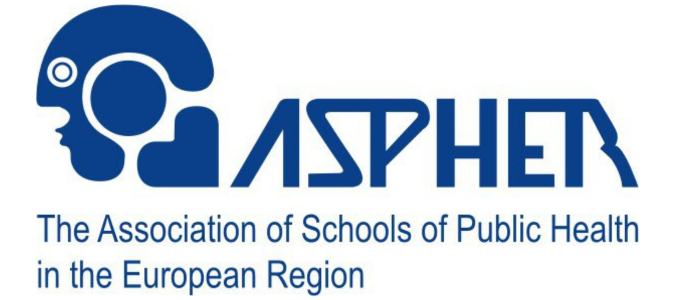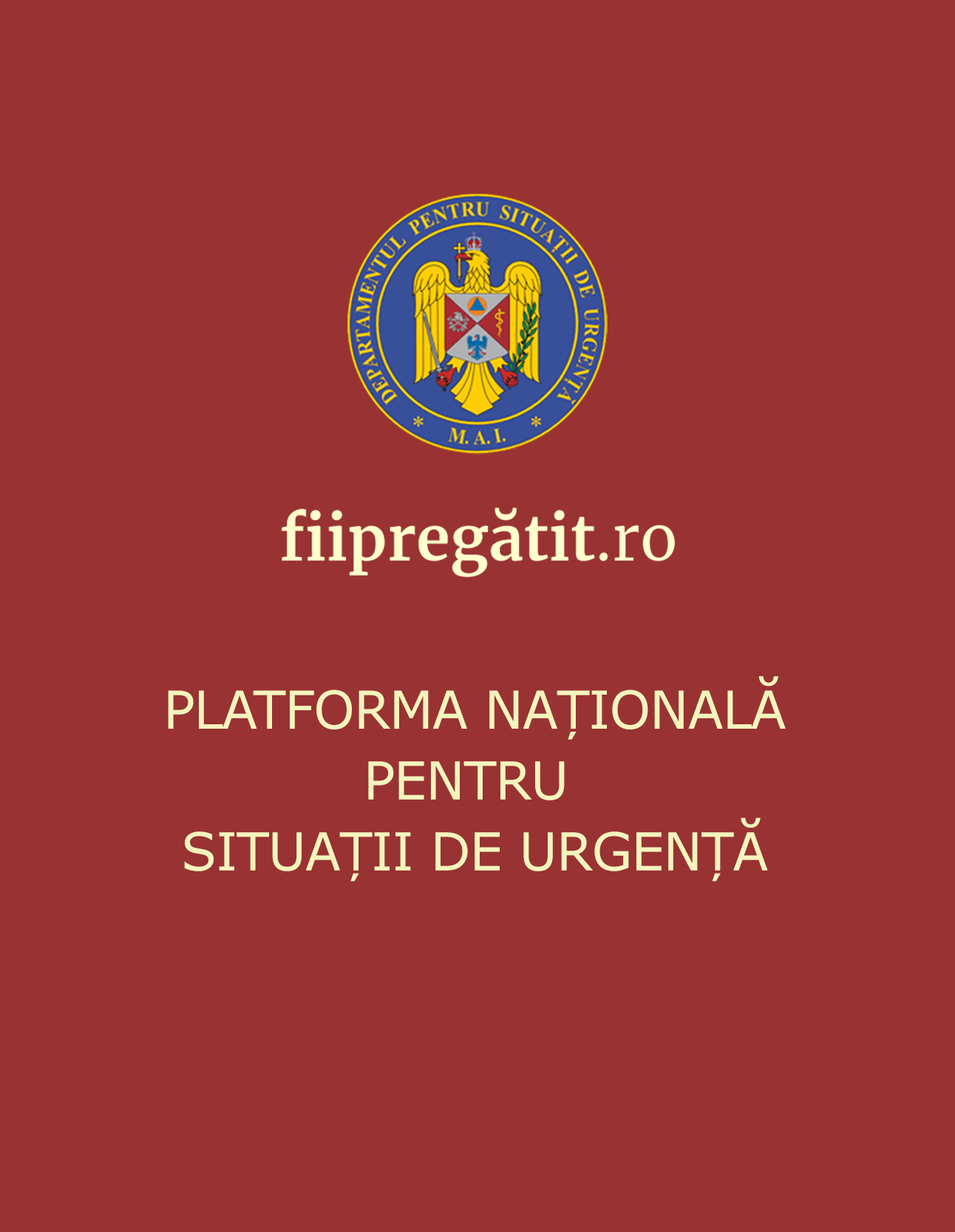
Retrospective analysis and time series forecasting with automated machine learning of ascariasis, enterobiasis and cystic echinococcosis in Romania
The epidemiology of neglected tropical diseases (NTD) is persistently underprioritized, despite NTD being widespread among the poorest populations and in the least developed countries on earth. This situation necessitates thorough and efficient public health intervention. Romania is at the brink of becoming a developed country. However, this South-Eastern European country appears to be a region that is susceptible to an underestimated burden of parasitic diseases despite recent public health reforms. Moreover, there is an evident lack of new epidemiologic data on NTD after Romania’s accession to the European Union (EU) in 2007. Using the national ICD-10 dataset for hospitalized patients in Romania, we generated time series datasets for 2008-2018. The objective was to gain deep understanding of the epidemiological distribution of three selected and highly endemic parasitic diseases, namely, ascariasis, enterobiasis and cystic echinococcosis (CE), during this period and forecast their courses for the ensuing two years. Through descriptive and inferential analysis, we observed a decline in case numbers for all three NTDs. Several distributional particularities at regional level emerged. Furthermore, we performed predictions using a novel automated time series (AutoTS) machine learning tool and could interestingly show a stable course for these parasitic NTDs. Such predictions can help public health officials and medical organizations to implement targeted disease prevention and control. To our knowledge, this is the first study involving a retrospective analysis of ascariasis, enterobiasis and CE on a nationwide scale in Romania. It is also the first to use AutoTS technology for parasitic NTD.






